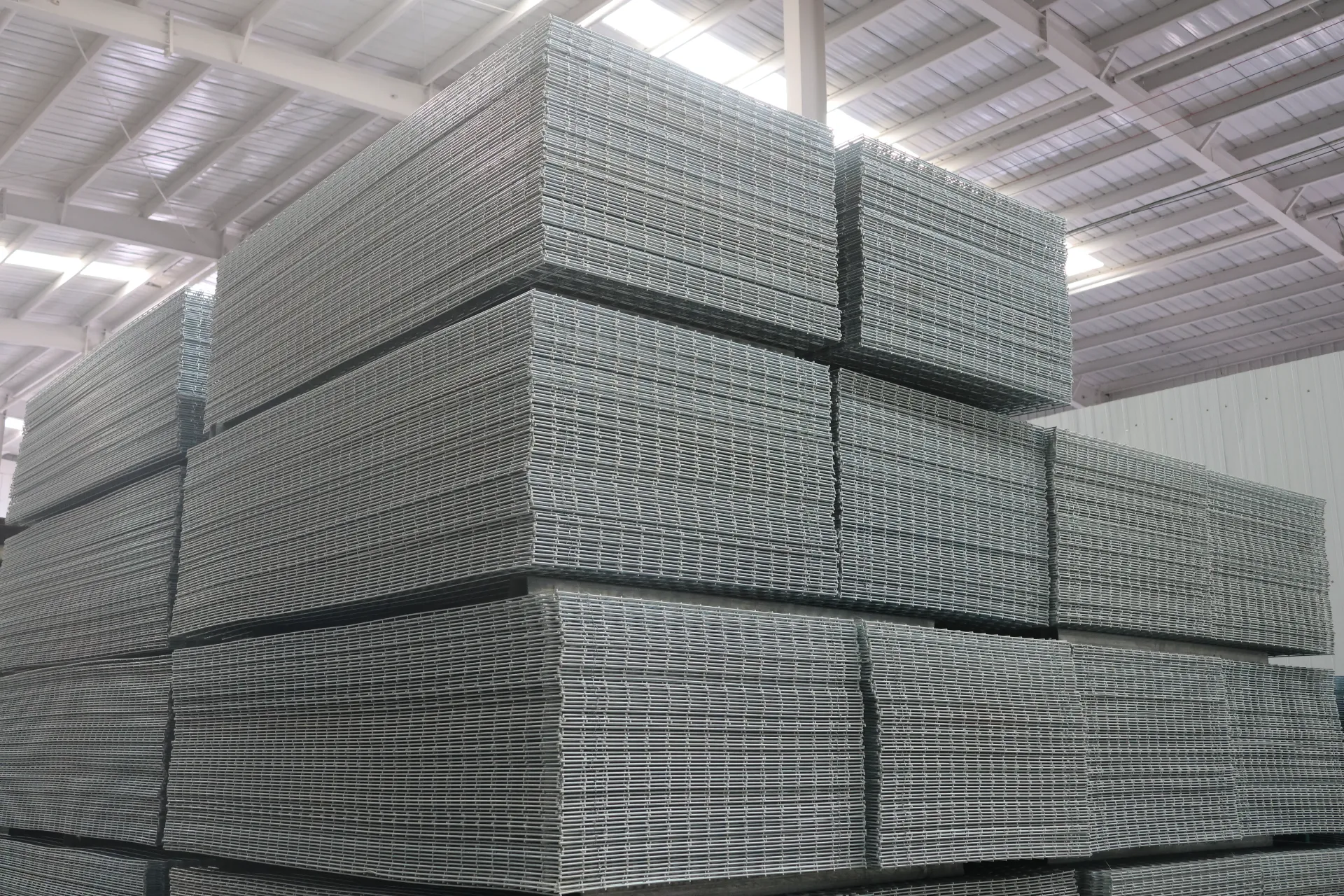Creative Solutions for Avian Enclosures and Fencing Design
Aviary Fencing Enhancing Bird Habitats and Aviaries
Aviary fencing is an essential aspect of creating effective and safe aviary environments for birds. Whether for commercial aviaries, personal bird collections, or wildlife rehabilitation centers, the design and implementation of fencing play a significant role in ensuring the well-being of avian inhabitants. With various materials and design strategies available, aviary fencing not only transforms the aesthetic of bird habitats but also enhances the safety, security, and comfort of the birds.
The primary purpose of aviary fencing is to provide a secure enclosure that protects birds from potential predators and external threats
. In the wild, birds are subject to numerous dangers, including natural predators like hawks and felines. A well-designed aviary fence helps mitigate these risks, allowing birds to thrive in a controlled environment. The choice of materials for fencing is critical; it needs to be strong enough to withstand attempts by predators to breach the enclosure while ensuring that the birds cannot escape.Common materials used in aviary fencing include wire mesh, wood, and PVC. Wire mesh is a popular choice as it provides visibility and ventilation while maintaining a sturdy barrier. Choosing the appropriate gauge of wire is crucial; it should be fine enough to prevent birds from escaping without being so flimsy that it can be easily damaged. Different wire configurations, such as hexagonal or welded wire, can be utilized to meet specific needs. For larger, stronger birds, heavier gauge wire or reinforced fencing may be necessary.
Wooden fencing can also be used as a complement to wire mesh, particularly in more decorative aviaries. While wood offers a natural aesthetic, it is essential to treat it with non-toxic preservatives to prevent degradation from weather exposure and to ensure the safety of the birds. The combination of wood and wire can create an inviting atmosphere that mimics a bird's natural habitat while providing adequate security.
aviary fencing

PVC fencing has gained popularity in recently designed aviaries due to its lightweight nature and resistance to corrosion. Unlike wood, PVC does not require regular maintenance, making it an attractive option for long-term aviary setups. Additionally, PVC can be easily cleaned, which is an important feature for hygiene in maintaining bird health.
Aviary fencing also plays a crucial role in the overall layout and design of the habitat. Fences can be arranged creatively to create separate environments within the aviary, allowing for different species to coexist safely. This separation can encourage natural behaviors and social interactions without the risk of aggression or stress among the birds.
Furthermore, aesthetic value should not be overlooked. An aviary can serve as a beautiful focal point in gardens or parks. Incorporating natural elements like climbing plants or decorative features into the fence can enhance the visual appeal while providing enrichment for the birds. This blend of functionality and aesthetics can elevate the overall experience for visitors, making an aviary a captivating attraction.
Additionally, aviary fencing should account for climatic conditions. Depending on the locale, certain materials may be more suitable than others. For instance, in areas with heavy rainfall or humidity, using galvanized wire or treated wood can prevent rapid decay and rust. Considering climate impacts on fencing design ensures the longevity and durability of the aviary.
In conclusion, aviary fencing serves multiple purposes, from safety and security to aesthetics and comfort. Thoughtful design choices and material considerations are vital in creating a thriving aviary environment that caters to the needs of its avian residents. By balancing functionality with beauty, aviary fencing can contribute to the health and happiness of birds, making aviaries not only places of shelter but also sanctuaries where birds can flourish. As we continue to learn more about avian welfare, the importance of effective aviary fencing will only become more pronounced, promoting an awareness of the delicate balance between nature and human intervention.
-
Space-Saving Chain Fence Hacks Vertical Gardening with Cyclone MeshNewsJul.16,2025
-
Innovations in Iron Nail Wire Production for Modern ConstructionNewsJul.16,2025
-
Creative Uses of Wire Netting Fence in Modern Landscape DesignNewsJul.16,2025
-
Barbed Wire Fence Innovations in Anti-Climb TechnologyNewsJul.16,2025
-
Architectural Uses of Umbrella Nails for Aesthetic Roof DesignsNewsJul.16,2025
-
Architectural Uses of Razor Barbed Wire in Secure Urban DesignNewsJul.16,2025




